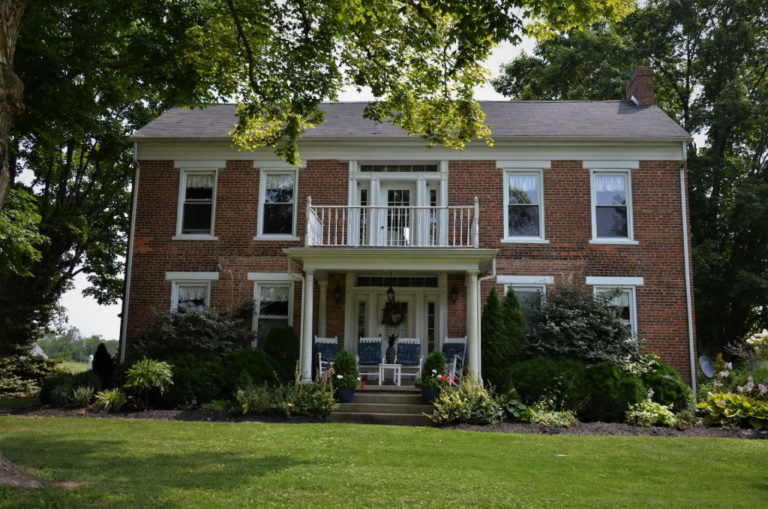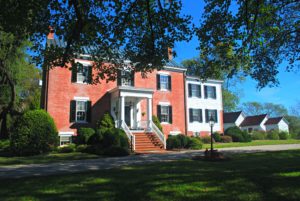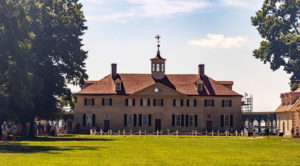Photo by Roger Starnes Sr on Unsplash
The Mother of States is one of the 13 original colonies of the United States. Virginia is home to numerous significant historical landmarks in the country, including Monticello, the iconic Charlottesville estate of forefather Thomas Jefferson, and living history museums, including the Jamestown Settlement and Colonial Williamsburg.
Central Virginia is home to many historic homes. Many landmark residences have been built around the commonwealth, proof of how well Virginia has retained its historical identity. This article enumerates some of the noteworthy Central Virginia historic homes.
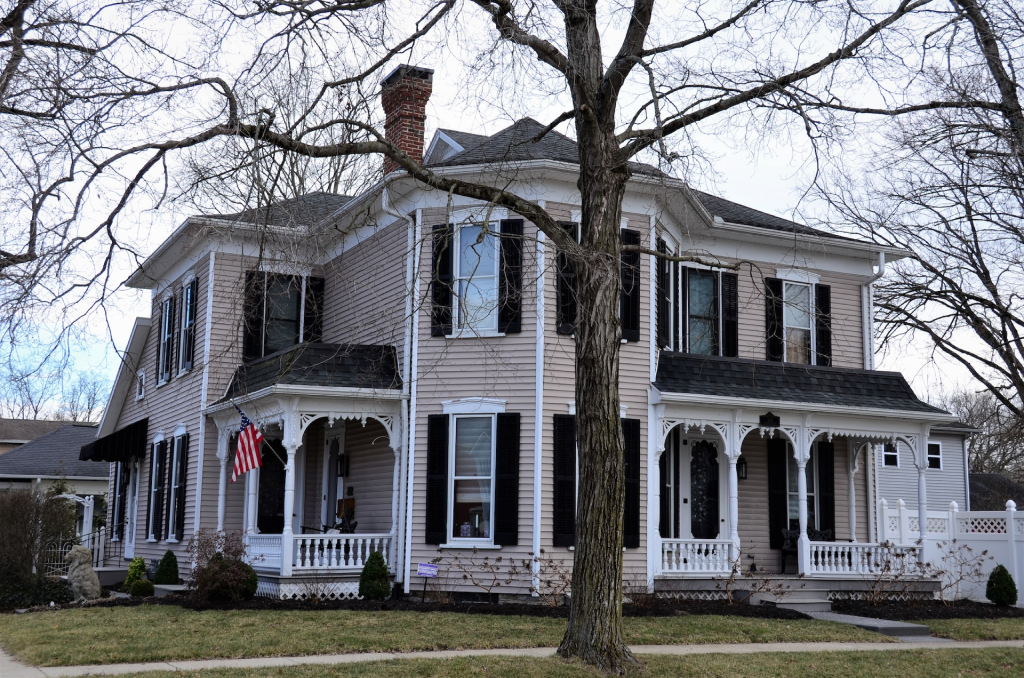
Photo by Roger Starnes Sr on Unsplash
Stunning Historic Homes in Central Virginia and What Is Their History
Aside from their architecture and workmanship, what makes historic homes interesting is their past. Let’s take a quick tour of some of the most remarkable historic homes Central Virginia has to offer and learn a little bit of their history.
Edgemont Farm
One of America’s architectural gems, Edgemont Farm stands at the foot of Fan Mountain approximately 15 miles south of Charlottesville. It is known to be the last remaining private Central Virginia housing whose architectural style is attributed to Thomas Jefferson.
Edgemont Farm’s hipped roof and pedimented porticos on all four sides are based on the Villa Capra (La Rotonda) in Vicenza – a masterwork by the 16th-century Italian architect Andrea Palladio. Palladio’s Four Books of Architecture was Jefferson’s architectural bible.
Today, Edgemont overlooks a 572-acre farm estate comprising of formal gardens, rolling pastures, and a mature hardwood forest on the South Fork of the Hardware River. Additions made to the property include a tennis court, swimming pool, pool house, and guest quarters that blend perfectly with the historic grounds.
Similar to Monticello, this Central Virginia home is surrounded by a meticulously planned landscape with exquisite ornamental plants and fascinating spaces. A true pride of Albemarle County, Edgemont reflects the legacy of a Founding Father whose passion for architecture was insurmountable.
Take a virtual tour of Edgemont.
Greyledge
Located in Botetourt County, VA, Greyledge is a historic home and national historic district that encompasses 13 contributing buildings, 2 contributing sites, 2 contributing structures. Purgatory Mountain is visible to the west of the house, and Blue Ridge Mountains to the south and east.
The Cartmill brothers started building the main house in 1842 for Ann Sisson, their orphaned cousin. It was finished in 1855.
Ann Sisson inherited the property and married Charles Gorgas, the nephew of a Rockbridge county ironmaster from Pennsylvania. When Gorgas died of pneumonia in 1862, Sisson inherited nearby Etna Furnace and about 7,000 acres of iron-bearing land. In 1866, she married Henry Hansborough.
Sisson died in 1885 and, in 1895, Edmund Cash Pechin, a Pennsylvania lawyer and mining expert who had associations with the Virginia Development Company in Roanoke and numerous railroads, acquired the property from her estate.
The property was then developed as an estate home, which was eventually inherited by his daughter Bertha Pechin when he and his wife died in the 1920s.
She later sold the estate home to her niece’s husband, Stuart B. Carter, a Virginia lawyer and state delegate, who implemented further renovations and restorations to the property. The property was later inherited by their children, but it wasn’t after the 2001 sale that the next phase of renovations and restoration were made.
Take a virtual tour of Greyledge.
Sunnyside
Sunnyside is a Virginia historic estate with a multi-sectional plantation house. It was first built in 1833 for Samuel Hester and Eliza Greenwood Hester, on property inherited from Eliza’s father. In 1836, Tucker Carrington, a local lawyer, politician, and a developer of Clarksville, acquired Sunnyside.
Based on family correspondence, the plantation was called Eglantine in the 1840s. During most of this decade, Carrington was a gentleman Justice of the Peace. In 1834, he organized a tobacco show and fair in Clarksville, alongside Sam Watkins and Paul Venable. The said event was advertised in the Richmond Enquirer.
Carrington owned several town lots in Clarksville, including the tract where the Royster tobacco warehouse was rebuilt in 1846. He served as a state senator from 1848 through 1853 and was also one of the founders of the Bank of Clarksville in 1860.
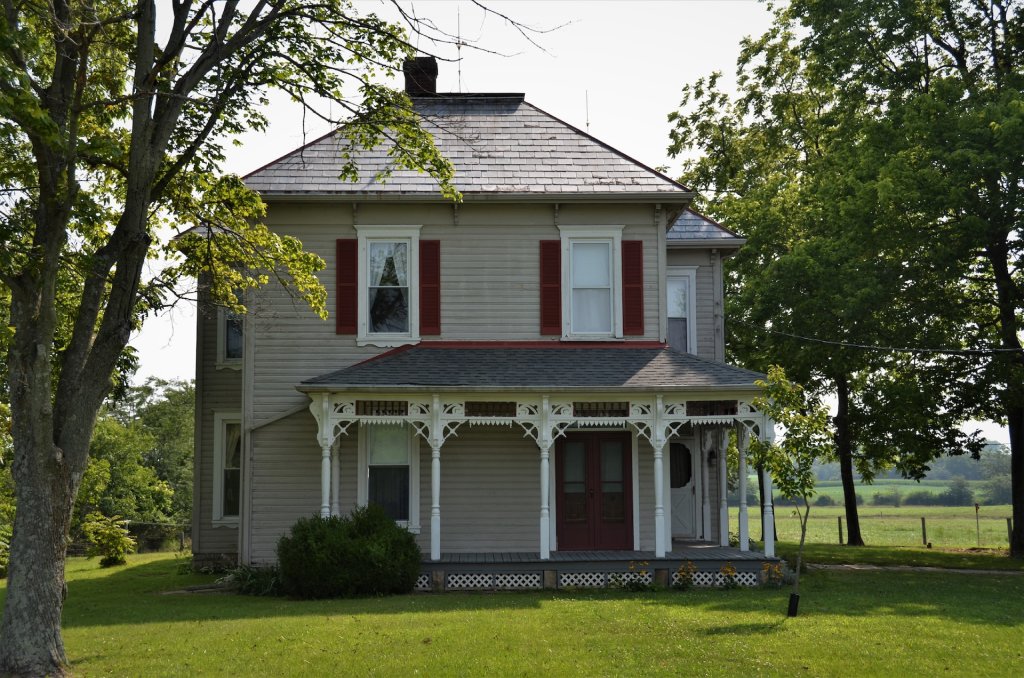
Photo by Roger Starnes Sr on Unsplash
The Importance of Protecting Historical Homes
The history of a community is what gives it its unique character, and protecting historic homes helps conserve the link to the roots of the community and its people. Historic preservation goes beyond simply saving and restoring old homes and estates of historic importance; there are economic, cultural, environmental, and educational benefits of historic preservation.
Culture
Having tangible presence of past eras and historic styles enriches the culture of a community.
Economy
Protecting historic homes encourages visitors and leads to heritage tourism opportunities, increased property values, and tax revenues.
Environment
It is more environmentally sound to restore or rehabilitate historic homes rather than demolish them.
Education
There’s tremendous value in teaching local heritage to younger generations and enriching their understanding of the past.

Photo by Roger Starnes Sr on Unsplash
Tips for People Who Are Interested in Restoring a Historic Home
One of the myths about historic homes is that it’s more expensive to repair or renovate these than to build a new one. On the contrary, because most older houses were built by Central Virginia home builders with excellent craftsmanship and materials, the costs of restoration and repair would be very reasonable.
If this is your first time buying a home, you can slowly rehabilitate it, so it is more affordable. It is essential to carefully choose the materials and plan for a sustainable and energy-efficient home. All historic architecture is adaptable for the 21st century.
Be sure to check if your house is in a historic district or if it is listed on the National Register of Historic Places and Virginia State Historic Registry, as you may be qualified for state tax credits.
Historic houses Virginia that are designated on the National Historic Registry are not prohibited from making modern additions. However, doing so might lead to losing the designation. Essentially, it’s your choice. You can renovate freely or stick to official guidelines.
If you’re planning to have a home renovation, read our blog on Central Virginia home renovation for more tips.
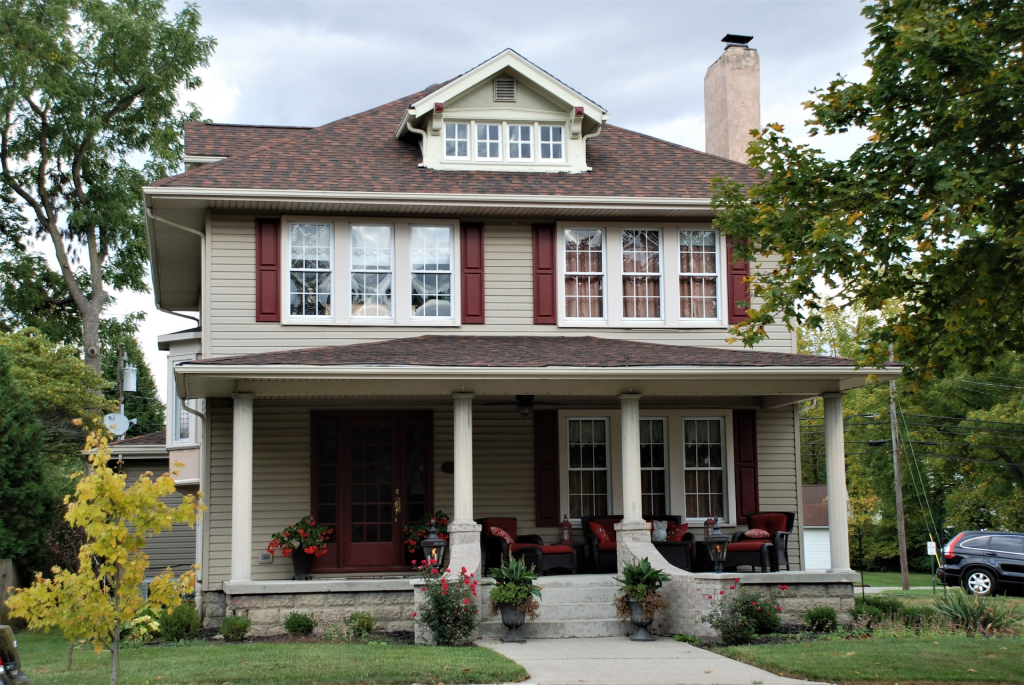
Photo by Roger Starnes Sr on Unsplash
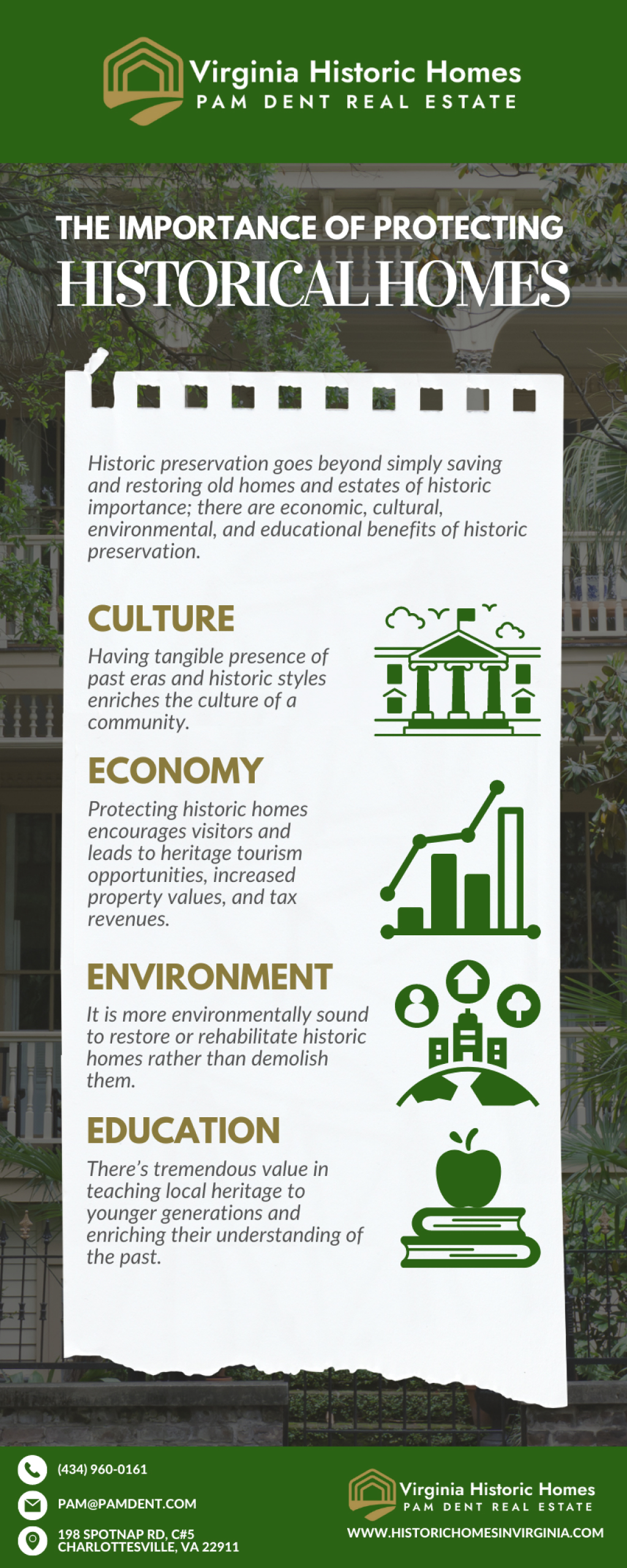
Conclusion
There’s a sense of deep sense of pride and nostalgia that comes with owning a historic home, and knowing the significant events and personalities associated with it. If you want to explore the historic homes in Central Virginia, feel free to give me a call at (434) 960-0161 so we can schedule an appointment.
Frequently Asked Questions
Why do you think people are drawn to historic homes?
Many home buyers are drawn to historic homes because of their passion for history. For them, a newer house does not possess the same feel or character that a historic home has.
What's your favorite historic home in Central Virginia?
The Monticello Estate is among my favorite, as well as equally impressive historic homes: Edgemont Farm, Greyledge, and Sunnyside.
What are your thoughts on modernizing historic homes?
Modernizing a historic home to make it sustainable and energy-efficient is a wise decision. All historic architecture is adaptable for the 21st century and there are no restrictions in place prohibiting the addition of modern applications to a historic home.
